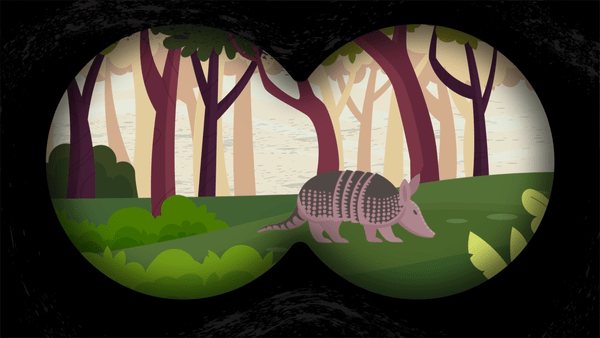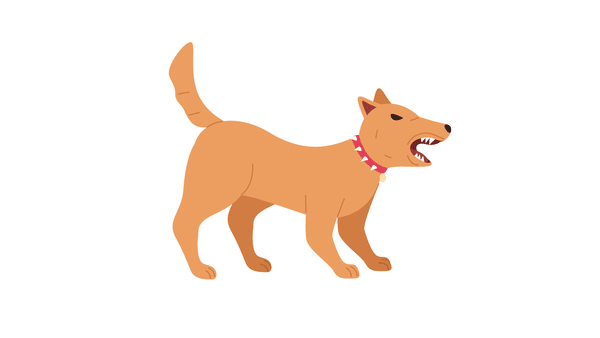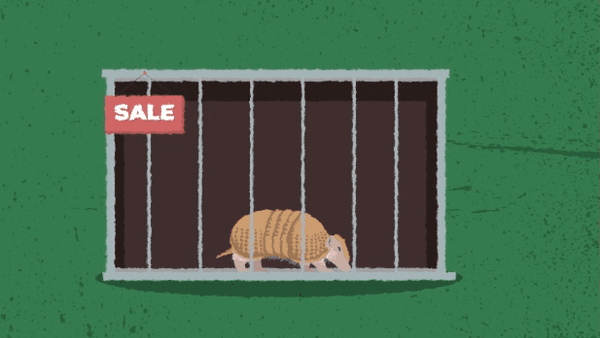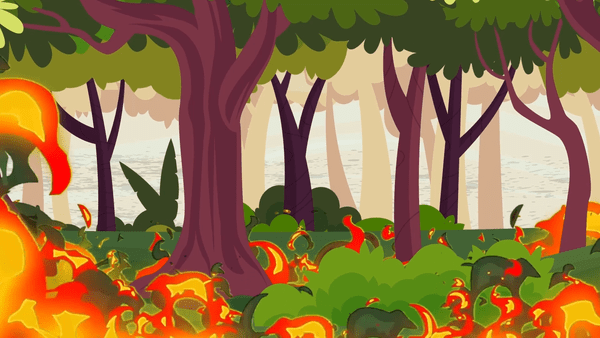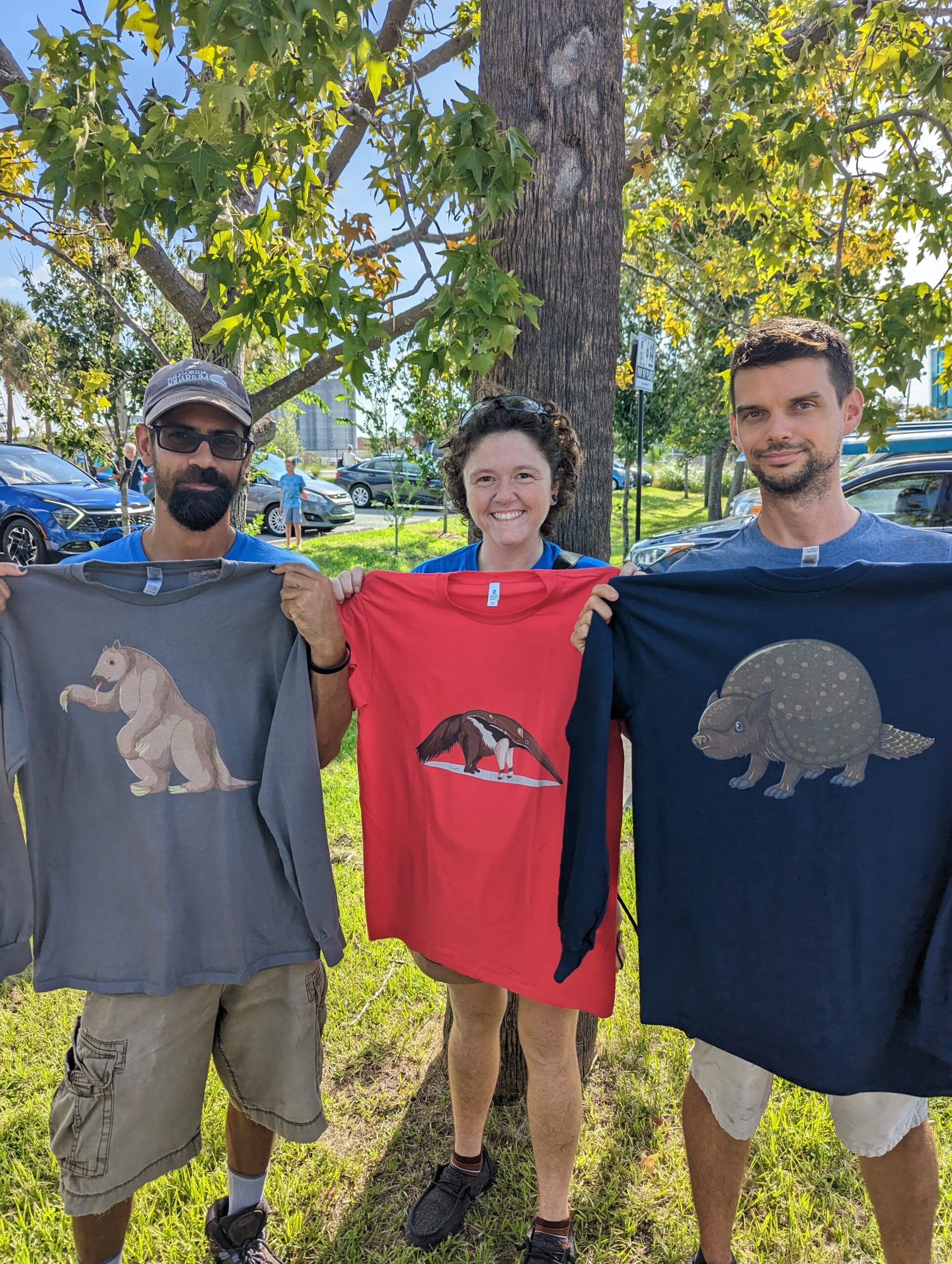
Amazon naked-tailed armadillo
Cabassous unicinctus
Reproduction: 1 offspring at a time.
Weight: 2–3.5 kg
Diet: Ants and termites
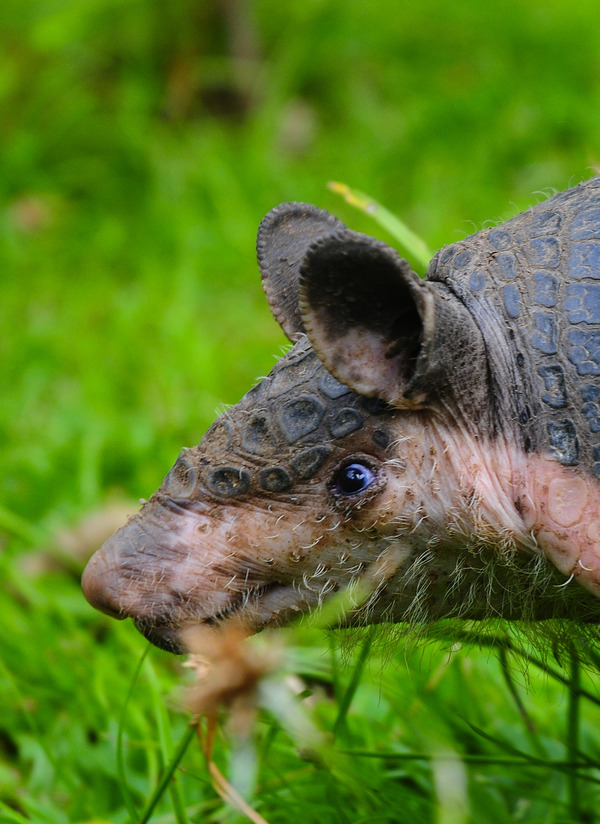
Common Names
English – Amazon Naked-Tailed Armadillo
French – Tatou à Onze Bandes
German – Nacktschwanzgürteltier
Spanish – Cabasú de orejas largas, coletrapo
Portuguese – Tatu-de-Rabo-Mole-Pequeno, Cabassú
How to Identify:
Carapace Dark gray with a pinkish band around its lower part Ears 3–4.7 cm length Moveable bands 12-13 Tail Naked! It is only covered with thin, widely spaced plates, and lacks the complete armor present in other armadillos. In some individuals, the tail has a white tip. Other characteristics Second largest naked-tailed armadillo Ears large, dark with smooth or irregular edges Many individuals have a conspicuous dark spot on the belly
IUCN Red List
Species are classified into one of nine Red List Categories: Extinct, Extinct in the Wild, Critically Endangered, Endangered, Vulnerable, Near Threatened, Least Concern, Data Deficient and Not Evaluated. Vulnerable, Endangered and Critically Endangered species are considered to be threatened with extinction.

Amazon naked-tailed armadillo Facts
- Adult individuals are often mistaken for juvenile giant armadillos, although they could be easily distinguished by looking at the tail!
- Like all naked-tailed armadillos, they rotate their body and sometimes dig upside down. The burrow entrances and tunnels are circular because of this.
Habitat
- Forests
- Savannas
 Population Trend
Population Trend
• Unknown
 Threats
Threats
- Unknown
- Hunting (for food, superstition)
Here are some ways YOU can help keep armadillos healthy and safe:
– It is best to observe them from a distance and in silence.
– Our pets could attack them. It is important to keep your dog on a leash when you go for a walk, or keep your pets at home in an enclosed and safe area. In addition, taking care of our pets also means spaying and neutering them so that they do not breed without control.
– Another way to help protect the areas where armadillos live is by not starting fires.
– Armadillos love to live in nature, keeping them as pets is not good for them. Keep in mind that they don’t like selfies either.
– If you find an injured armadillo, contact a wildlife hospital so they can help it.
– Deforestation is often caused to make more land for livestock. Eating less meat may help save our forests.
Test your new knowledge!
Test your new armadillo expertise by visiting our armadillo word search, puzzles, coloring sheets and name games!
Check out this video to see how much you have learned!
The Anteater, Sloth, Armadillo Specialist Group has a store that directly helps xenarthran conservation!


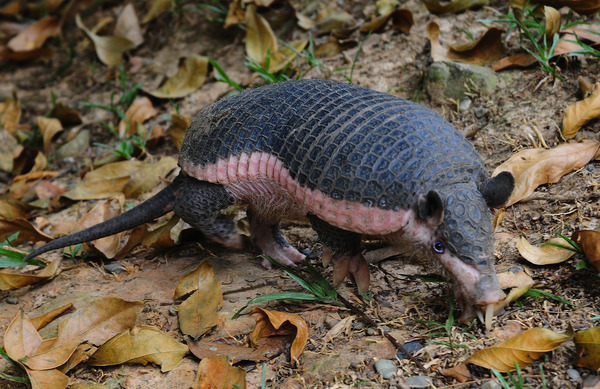
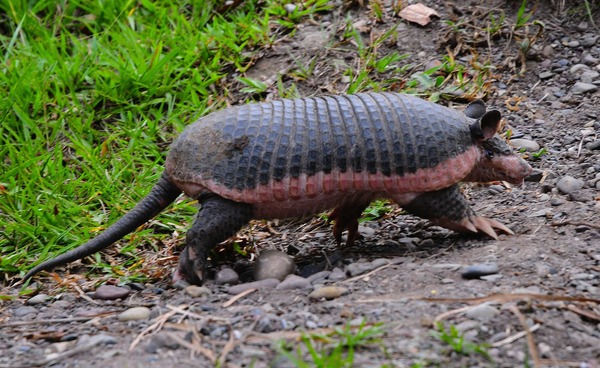

 Population Trend
Population Trend Threats
Threats

